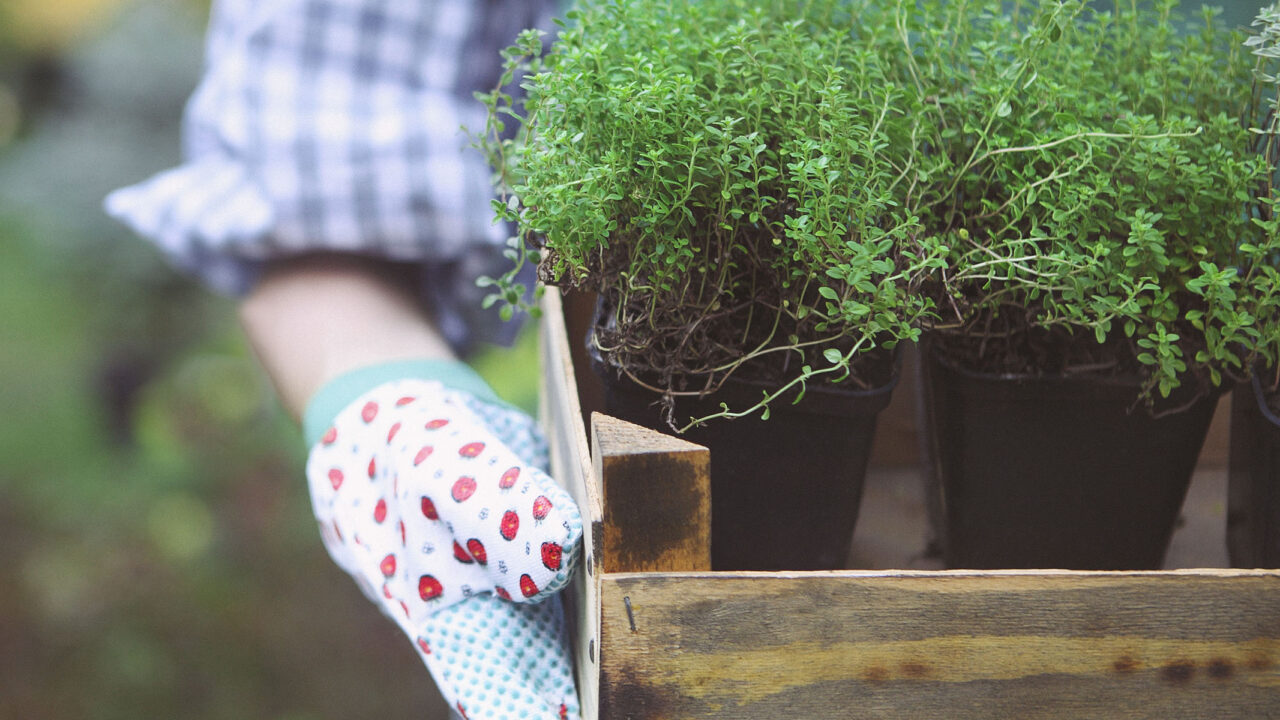Characteristics
| Hardiness zone | 7a |
|---|---|
| Flower color | brown |
| Foliage type | evergreen |
| Plant form | oval |
| Mature height | 60 feet |
| Spread | 95 feet |
| Light requirements | full sun |
| Moisture requirements | average to moist |
| Plant origin | Texas Native |
Houston's favorite garden center devoted to Texas native plants and organic gardening.
Botanical name: Quercus virginiana
A graceful southern native variety that eventually produces massive, horizontal spreading limbs, creating a large deep shade canopy; evergreen foliage is leathery, dark green and glossy; very impressive in large landscape areas.
Other names: Coastal Live Oak
| Hardiness zone | 7a |
|---|---|
| Flower color | brown |
| Foliage type | evergreen |
| Plant form | oval |
| Mature height | 60 feet |
| Spread | 95 feet |
| Light requirements | full sun |
| Moisture requirements | average to moist |
| Plant origin | Texas Native |
Southern Live Oak has dark green foliage. The glossy oval leaves remain dark green throughout the winter. Neither the flowers nor the fruit are ornamentally significant. However, the fruit can be messy in the landscape and may require occasional clean-up.
Southern Live Oak is a dense multi-stemmed evergreen tree with a shapely oval form. Its average texture blends into the landscape, but can be balanced by one or two finer or coarser trees or shrubs for an effective composition.
This tree will require occasional maintenance and upkeep, and is best pruned in late winter once the threat of extreme cold has passed. It is a good choice for attracting birds and squirrels to your yard. Gardeners should be aware of the following characteristic(s) that may warrant special consideration;
Messy
Southern Live Oak is recommended for the following landscape applications;
Shade, Vertical Accent
Southern Live Oak will grow to be about 60 feet tall at maturity, with a spread of 95 feet. It has a low canopy with a typical clearance of 4 feet from the ground, and should not be planted underneath power lines. It grows at a slow rate, and under ideal conditions can be expected to live to a ripe old age of 150 years or more; think of this as a heritage tree for future generations!
This tree should only be grown in full sunlight. It prefers to grow in average to moist conditions, and shouldn't be allowed to dry out. It is not particular as to soil type or pH. It is highly tolerant of urban pollution and will even thrive in inner city environments. This species is native to parts of our region.
